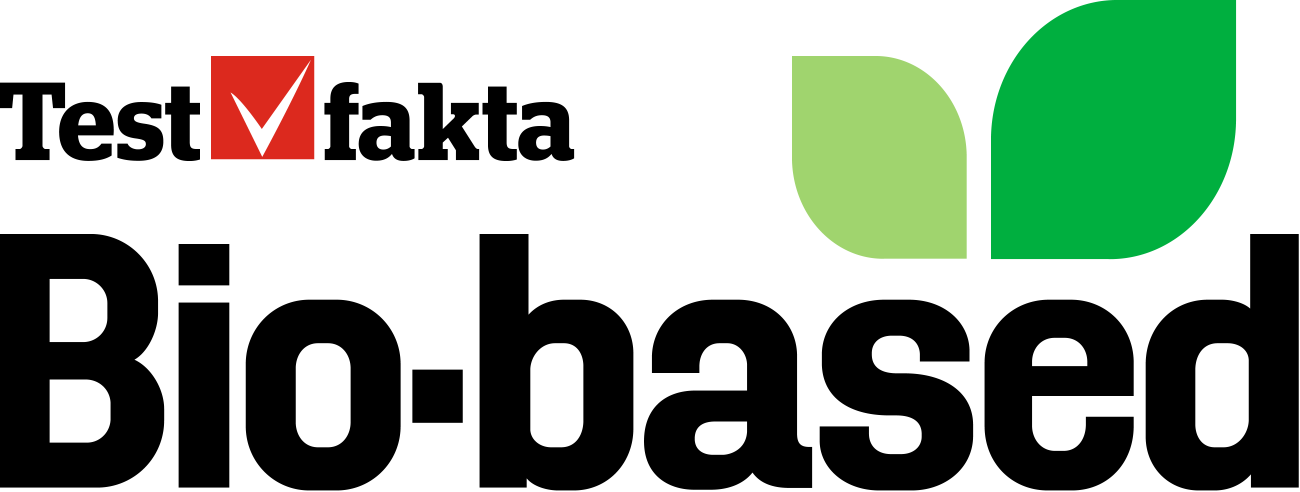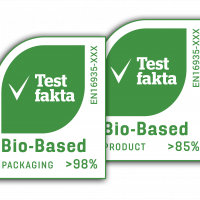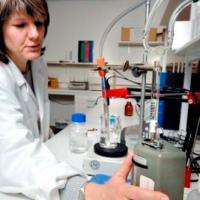To reduce emissions of carbon dioxide from the automotive industry, fuel companies must increase the share of renewable raw materials in their products. At many filling stations in Sweden, customers can now choose between ordinary diesel and biodiesel, which contains a higher renewable proportion. But is running vehicles on biodiesel really always better for the environment?
Testfakta’s comparison of the composition of fuel companies’ various diesel products shows that, in many cases, the renewable component contains palm oil or PFAD (palm fatty acid distillate), a processing by-product from the refining of crude palm oil. The much-criticised palm-oil industry contributes to rainforest destruction and, when ditches are dug to drain wetlands for oil-palm plantations, causes major carbon emissions. By some estimates, fuel with a high proportion of PFAD or palm oil ultimately causes more carbon emissions than fossil diesel.
— The fuel companies are marketing these products as more sustainable, but they don’t tell the other sides of the story. The question is whether they shouldn’t be taken to the Market Court,’ says Martin Prieto Beaulieu, a spokesperson for the Swedish Association of Green Motorists (Gröna Bilister).
The information obtained by Testfakta from the companies shows that the various products have differing proportions of PFAD and palm oil. PFAD ranges from none at all in Preem’s products to 14% in Circle K’s 'miles diesel bio' and 77% in St1's 'renewable diesel'. St1 Diesel and Shell City Diesel contain both PFAD and palm oil.
According to Erica Samuelsson, head of marketing at St1, meeting the requirements to cut emissions without using these raw materials would be difficult. Demand for biocomponents simply exceeds supply.
— Also, all the palm oil we use is certified and can be traced back to the plantations of origin. Work is under way to make PFAD traceable back to the plantations too,’ Samuelsson says.
Magnus Nilsson, a former spokesman on transport issues for the Swedish Society for Nature Conservation, can understand that the fuel companies have trouble finding good alternative raw materials for their biodiesel. But his view is that using palm oil and PFAD is indefensible in the long term, even if they come from certified sources.
— The problem is that the palm oil that the fuel companies are currently buying is produced on land formerly used to produce palm oil for the food industry. But the food industry still wants palm oil and, to meet its needs, drainage ditches have to be dug in new growing areas, resulting in heavy carbon emissions. This indirectly affects land use, he explains.





